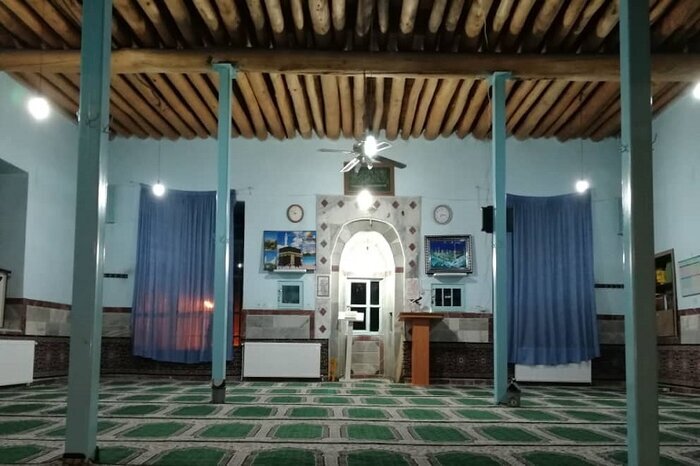Eight historical mosques made national heritage

TEHRAN – A total of eight historical mosques in different villages of the Uraman cultural landscape in western Iran have recently been added to the National Heritage list with the aim of better maintenance and preservation, the director of the cultural landscape has announced.
Mohammadi Olia and Mohammadi Sofla mosques in Dulab village, Mohammad Rasul Allah and Jameh mosques in Palangan, Abdollah Omar mosque in Tangivar, Pir Omar in Galin, Abdollah Ibn Omar in Ta and the historical mosque of Bozlaneh village were inscribed on the prestigious list, Pouya Talebnia said on Monday.
The mosques belong to different historical eras, however, the oldest one dates back to the Ilkhanid era (1256–1353), while some others date back to the Safavid-era (1501–1736) and Qajar period (1789–1925), the official explained.
Many religious ceremonies are held in this region, which has made the role of mosques more important, he added.
He also noted that over the years people have built new mosques on the remains of the historical mosques instead of restoring and renovating the old ones, therefor inscribing the historical ones on the National Heritage list seems necessary.
Uraman is considered a cradle of Kurdish art and culture from the days of yore. Pirshalyar, which is named after a legendary local figure, is amongst time-honored celebrations and rituals that are practiced annually across the region.
Stretched on a steep slope in Uraman Takht rural district of Sarvabad County, the village is home to dense and step-like rows of houses in a way that the roof of each house forms the yard of the upper one, a feature that adds to its charm and attractiveness.
The cultural landscape covers 300 villages and in terms of architecture and landscape, it is one of the most beautiful and presentable heritages in the world.
Iran submitted the UN body a dossier for the Uraman cultural landscape in 2019. Some eighty experts in various fields compiled and developed the dossier in terms of anthropology, archeology and history, natural sciences, architecture, historical documents, and other related fields.
Local officials believe that inscription of the property on the prestigious list of the UN body could jumpstart tourism in the region and also look at it as a tool for better conservation of its natural landscapes and unique cultural scenes for the next generations, saying its unique rural texture, architecture, lifestyle, and agriculture is a prominent example of the integration of man into nature.
ABU/AFM
Leave a Comment